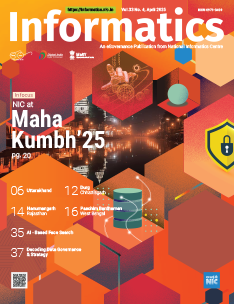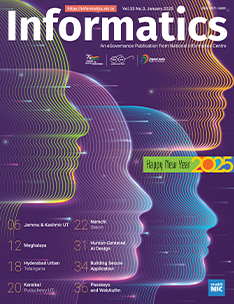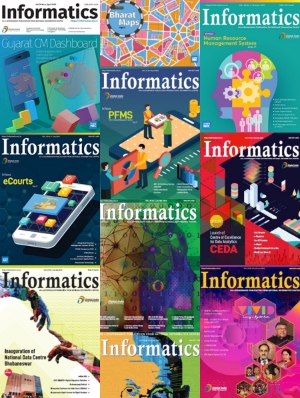Computerisation of Tamil Nadu Local Body Elections - 2011

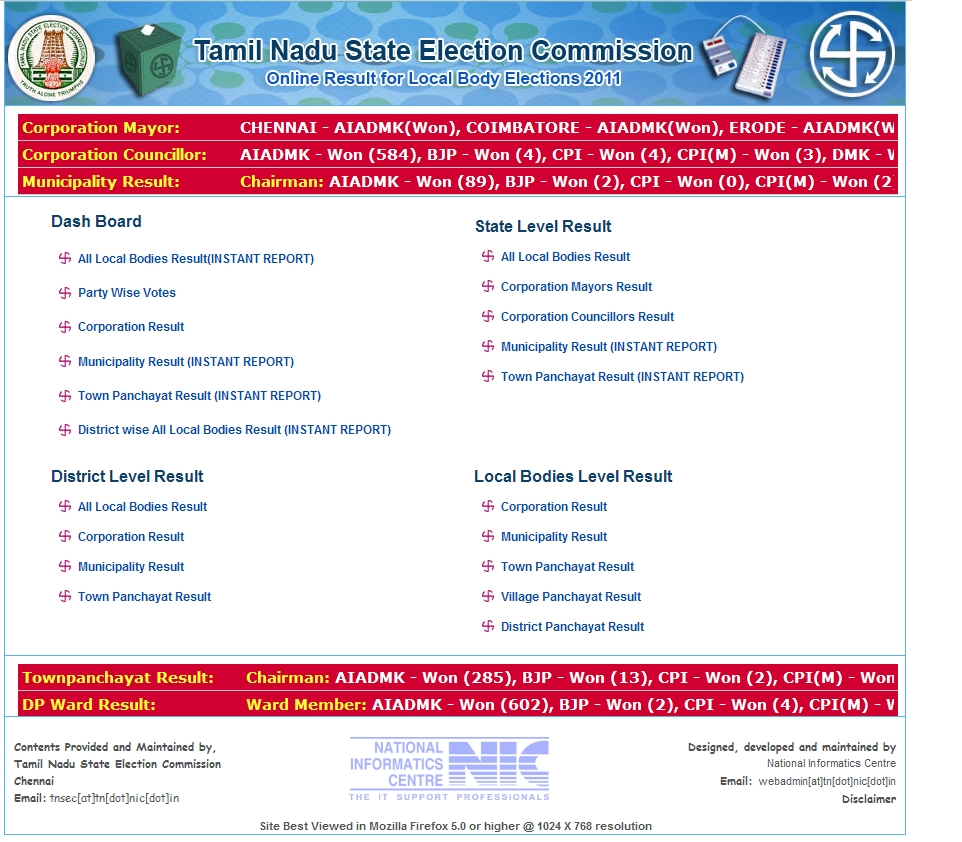
NIC Tamil Nadu State Centre has taken up development and implementation of Online Photo Electoral Roll Printing and Dissemination of Online Election Results for TN Local Body elections 2011. This project was implemented in 32 Districts,385 Blocks(constisting of 12,254 Village Panchayats) , 151 Municipalities, 10 Corporations and 525 Town Panchayats.
The major modules developed were
o Mapping Voters from Assembly Constituencies to the Local Body’s Streets, Wards and Polling Booths
o Printing Draft Electoral Rolls for 4.75 Crore Voters
o Printing Photo Electoral Rolls for 4.75 Crore Voters
o Printing of Booth Slips for 4.75 Crore Voters
o Reservation entry for various Local Body Posts
o Nomination entry of Candidates
o Result Entry
o Online Result Dissemination
The time bound and mammoth activities were completed in a record period of two months time. The 4.75 Crore voter’s details received from CEO, TN comprising of data (Assembly Electoral Roll) from 32 districts along with photos of the votes were converted into Postgres database. The size of the database was 1.8 TB. The software has both English and Tamil Interface. The system has been used by around 5000 users spread across the various local bodies.
The printing of Draft Electoral Rolls, Photo electoral rolls and Booth Slips (with Returning Officer’s Facsimile Signature) in Tamil was done using our Software. The Electoral Roll was printed in other Languages like Telugu, Malayalam and Kannada for the local bodies in border areas. This is the first time that Tamil Nadu State Election Commission has generated online Photo Electoral Rolls and provided Booth Slips to individual Voters with the technical assistance of NIC. The local bodies downloaded the generated pdf file and printed it locally.
Nomination details of around 3 lakh candidates who contested for the 1,32,401 posts in the Local Body Elections were entered by respective local bodies.
On the day of result dissemination, entries were made from 785 counting centers across the state. At each centre, three systems with Internet facility were used for making the entries for Corporations, Municipalities, Town Panchayats and Village Panchayats results. It was observed that the average hit during the day of election result dissemination ranged from 3500 to a peak of 7000 hits per second with an average turn around time of 3-5seconds per page.
The Technology used:
o Linux-ubuntu 10.0
o Apache 2.0
o CakePHP Framework 1.3.7
o Postgres 9.0
NIC-OTC rendered technical assistance in making this time bound activity a great success. The Software was hosted at the State Data Centre. DIOs played a major role in training the users at district level and implementation of the software.




 Subscribe
Subscribe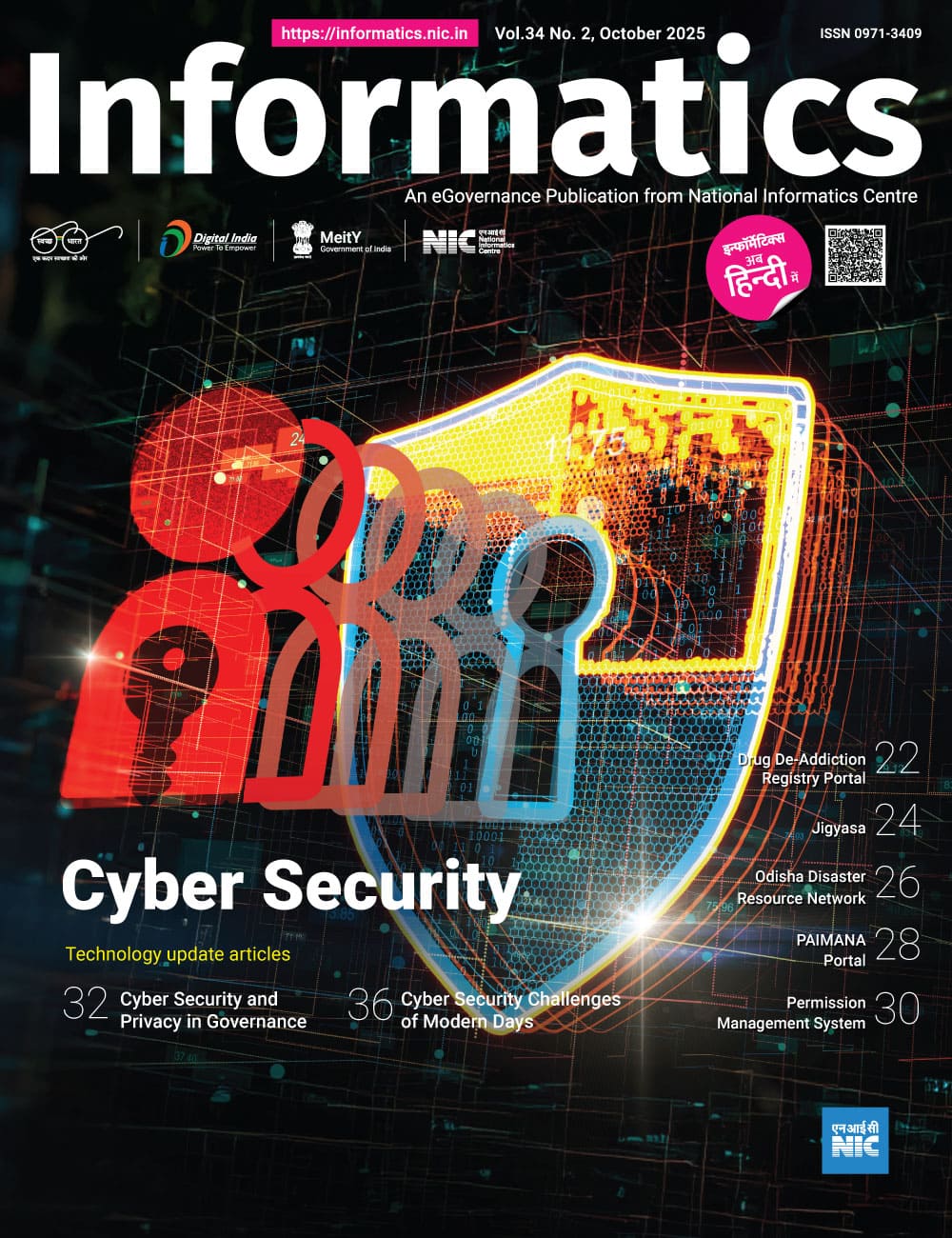
 Flipbook
Flipbook PDF (5.0 MB)
PDF (5.0 MB)
